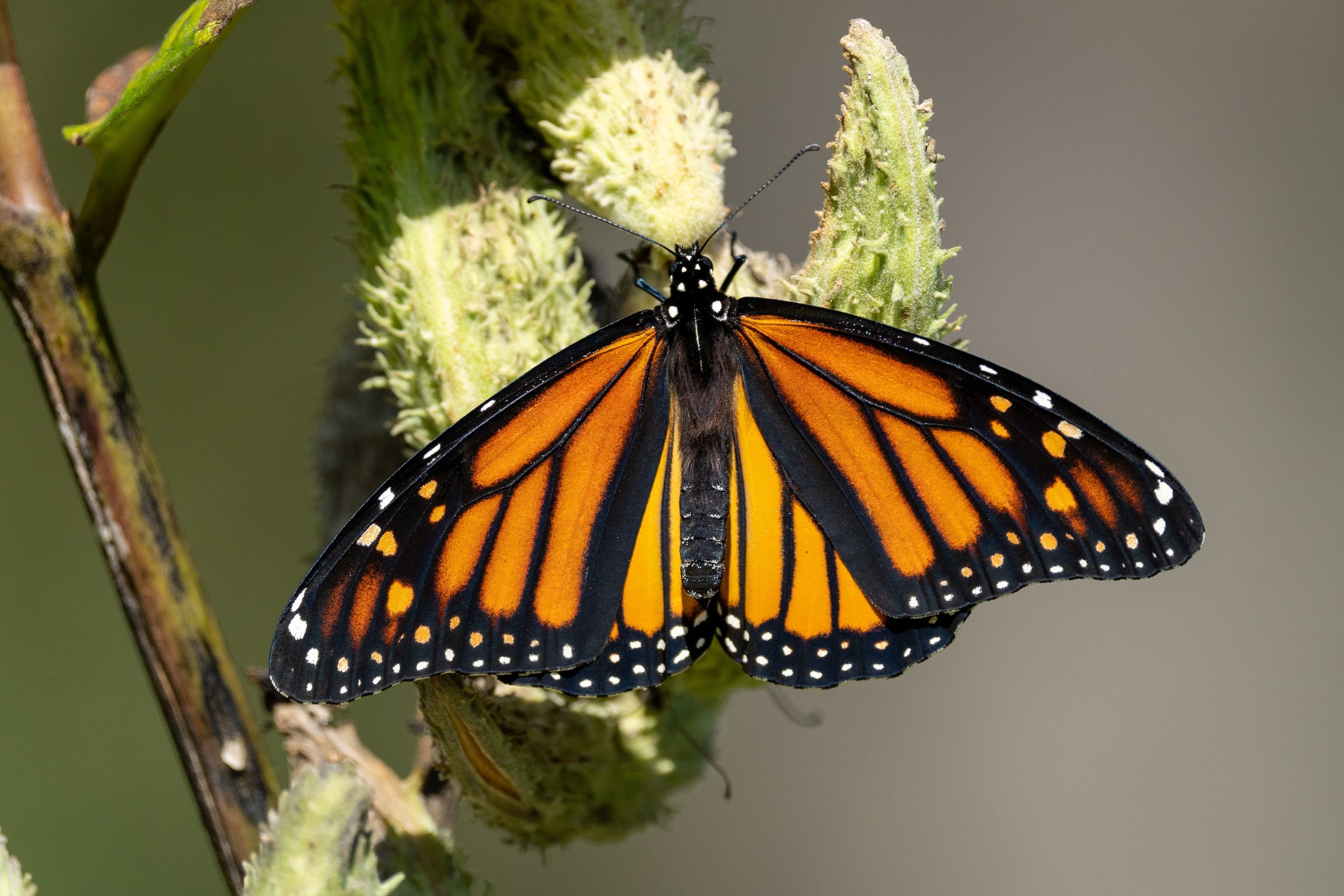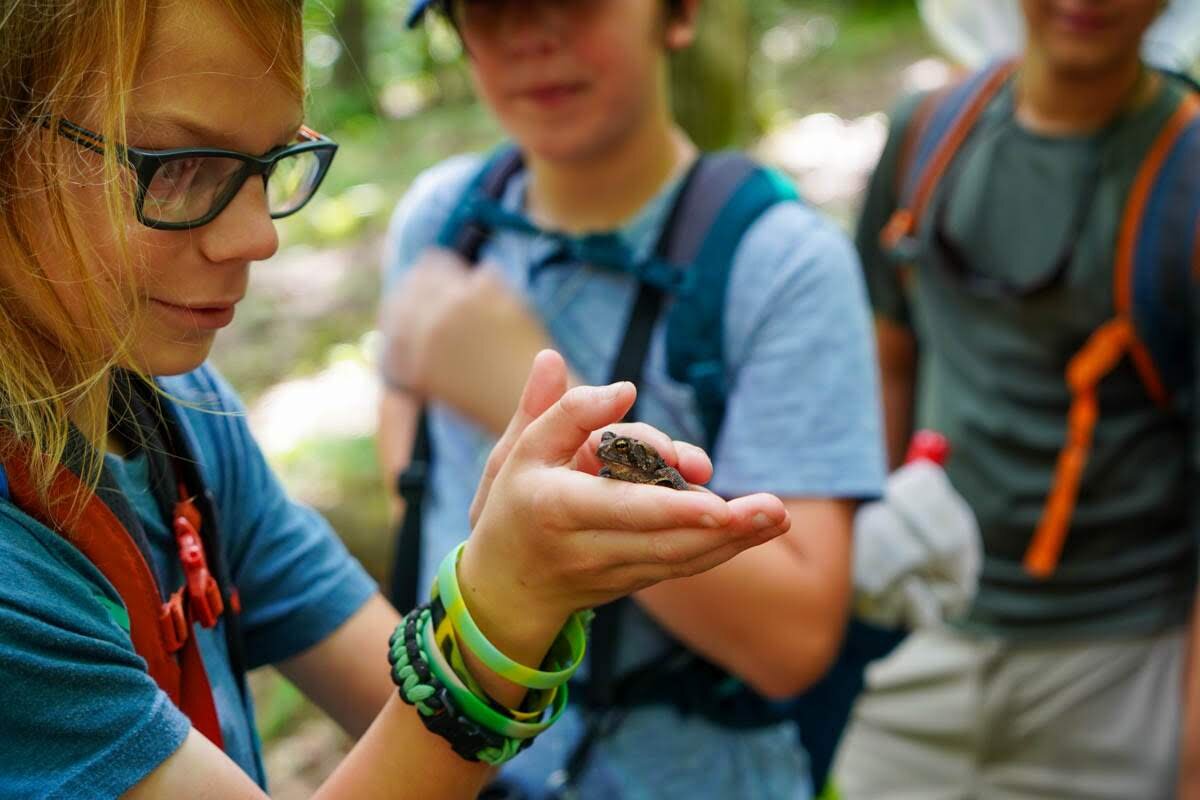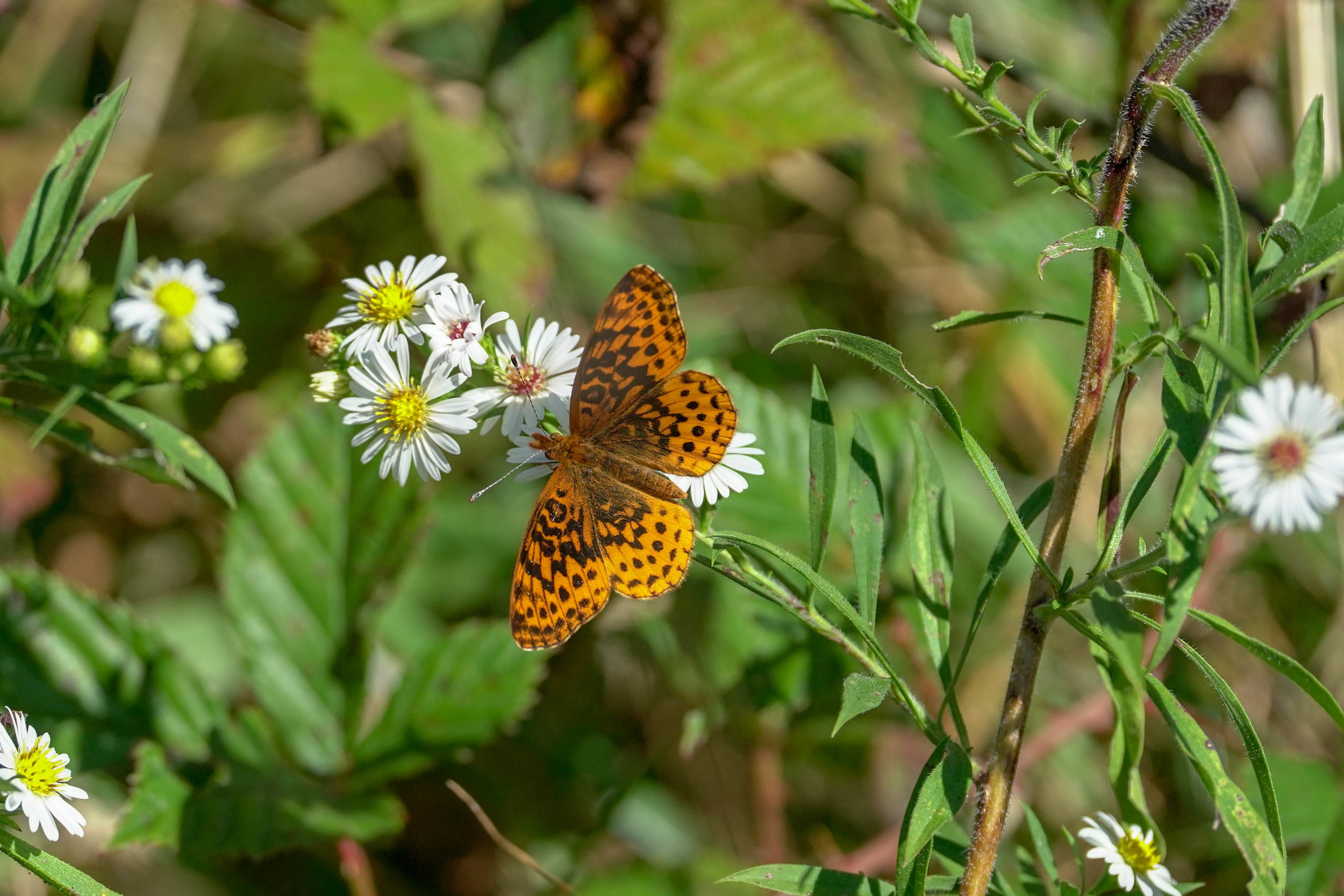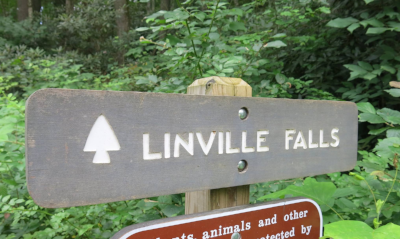

The Great Monarch Migration
Monarch tagging at our latitude begins August 29! They are about to embark on an incredible journey

The Summer Rally has Come and Gone...
The 2023 Mount Rogers Summer Naturalist Rally has come and gone. Here’s a recap of the weekend.

Mount Rogers Summer Naturalist Rally this August!
Mark your calendars, the Mount Rogers Summer Naturalist Rally is coming up on August 18-20, 2023!

Summer Camp Scholarship Opportunity
Do you have a child that loves nature…birds in particular? One that really wants a deeper connection with nature and the wonders of the Blue Ridge? Well, we have a camp for them!

Summer Camp Scholarship Opportunity
Through the generous support of the Smyth County Community Foundation, Blue Ridge Discovery Center is offering full scholarships for our overnight summer camps! T

Butterflies and Community Science
Butterflies are one of the most beautiful elements of the natural world, and scientists now recognize that they can also serve as one important indicator of the health of ecosystems.

Young Explorers Club Hike to Linville Falls
The Young Explorers Club set out to see Linville Falls today! Not only did they make it there, they hiked EVERY trail in the park covering over 5 moderate to strenuous miles!